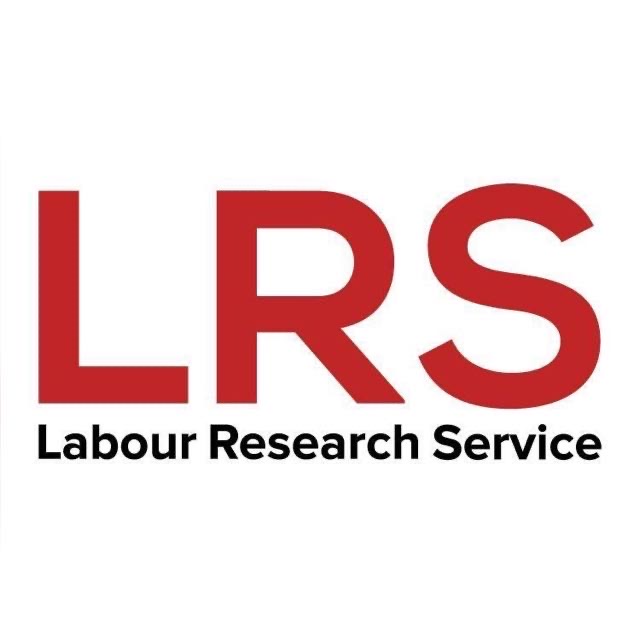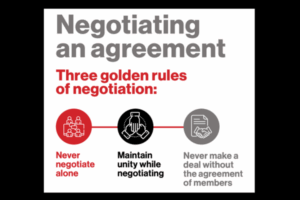Collective bargaining agreements set out what the parties are entitled to, such as pay and conditions of employment. Collective agreements are important documents because they hold the parties (employers and employees) to the issues agreed at the bargaining table, facilitate the relationship and can act as a guide to how the parties should behave in the workplace. Collective agreements can be used to conduct analyses on pay and conditions in preparation for the next round of negotiations.
Unions continue to struggle with the volume of information generated by collective agreements, and as a result some agreements are often not readily accessible to the union.
Unions that negotiate at company level with several different bargaining units face challenges in monitoring and storing collective agreements. The more agreements a regional office has to administer, the more difficult it is to track agreements from year to year.
LRS Agreements Database (AGREED)
The LRS Agreements Database, also known as AGREED, was created as a resource to store, catalogue and share agreements about workers and their conditions. AGREED is suitable for research and education purposes.
Why you should use AGREED
Negotiation strategy
Unions can identify successful (or unsuccessful) bargaining strategies used by other unions by analysing existing agreements.
Information and research
Studying existing collective agreements helps unions to learn about the terms and conditions negotiated by other unions and employers in similar industries or sectors.
Legal compliance
Existing collective agreements provide a framework for understanding legal requirements specific to the industry or sector.
Collaboration and strategy
By analysing existing collective bargaining agreements, trade unions can work together and share information with other trade unions in the same industry or sector. The exchange of knowledge about successful negotiations and agreements can strengthen the overall position of workers and trade unions and lead to better outcomes for all.







